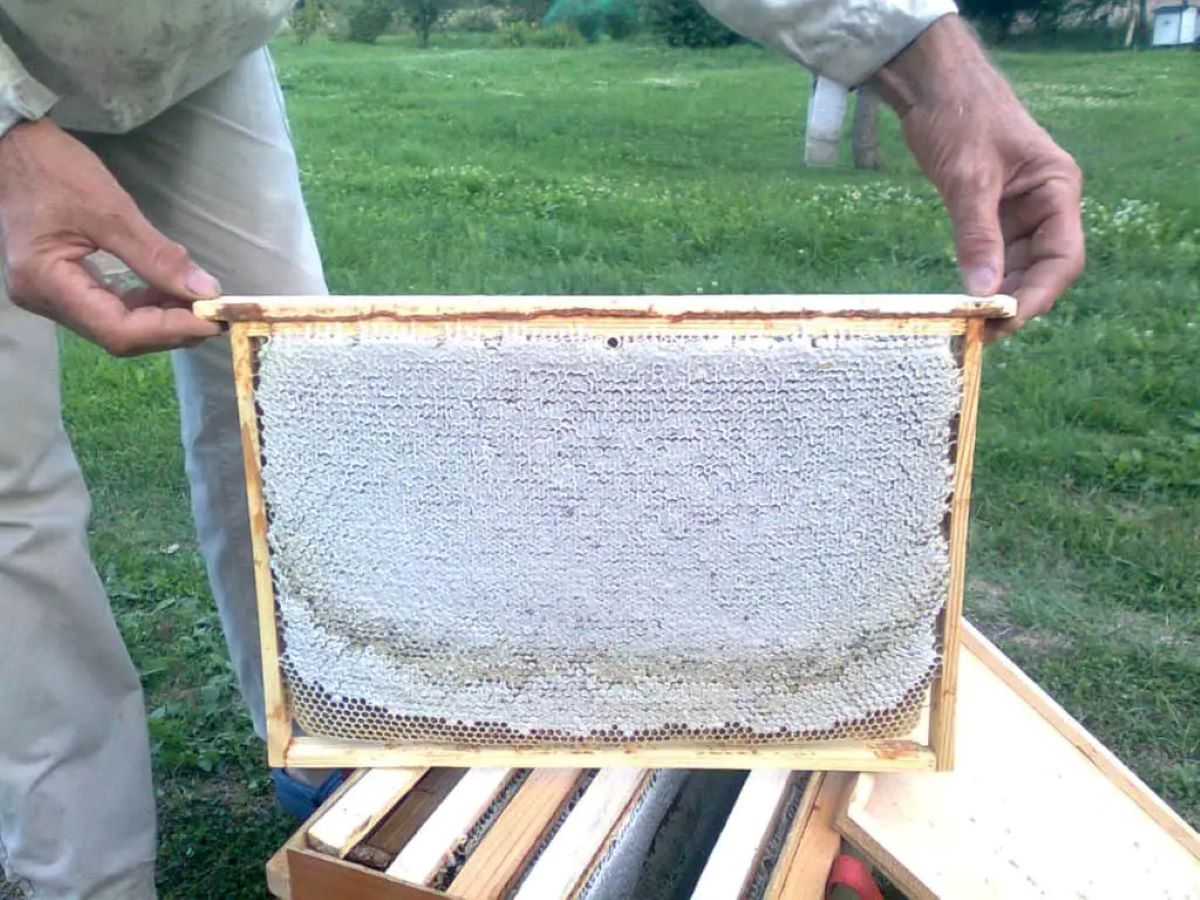

Articles
How To Store Bee Frames
Modified: December 7, 2023
Learn the best practices for storing bee frames in this informative articles. Ensure the long-term preservation and quality of your beekeeping equipment.
(Many of the links in this article redirect to a specific reviewed product. Your purchase of these products through affiliate links helps to generate commission for Storables.com, at no extra cost. Learn more)
Introduction
Welcome to our comprehensive guide on how to store bee frames. Bee frames are an essential component of beekeeping, providing the structure for bees to build their honeycombs and raise brood. Proper storage of bee frames is crucial to maintaining their integrity and ensuring their longevity.
Whether you are a beginner beekeeper or a seasoned pro looking to store your frames during the offseason, this article will provide you with the necessary steps to keep your frames in optimal condition. We will cover everything from selecting the right storage area to regular inspection and maintenance.
By following these guidelines, you can protect your bee frames from pests, mold, and other potential damage, preserving the health of your bee colony and ensuring the honey production process remains efficient.
So, let’s dive in and learn how to properly store bee frames to safeguard your investment and promote a thriving beekeeping experience.
Key Takeaways:
- Proper storage of bee frames is crucial for maintaining their integrity and longevity. Select the right storage area, clean and prepare the frames, and securely wrap them to protect against pests and mold.
- Regular inspection and maintenance of stored bee frames are essential. Monitor temperature and humidity, address issues promptly, and keep the storage area clean to ensure the frames remain in optimal condition.
Read more: How To Store Bee Pollen
Selecting the Right Storage Area
Choosing the right storage area for your bee frames is crucial to their long-term preservation. Here are some key factors to consider when selecting the ideal storage location:
- Temperature and Humidity: The storage area should have a consistent temperature and humidity level. Extreme temperature fluctuations or high humidity can lead to mold growth or damage to the wooden frames. Aim for a temperature range of 50-70 degrees Fahrenheit and a humidity level of around 50-60%. If necessary, use dehumidifiers or humidifiers to regulate the humidity.
- Darkness: Bees are naturally attracted to light, and exposure to light for extended periods can cause stress and agitation. Choose a storage area that is dark to minimize the negative impact on the bees and bee frames.
- Ventilation: Proper airflow is essential to prevent the buildup of moisture and the growth of mold. Ensure that the storage area is well-ventilated to maintain a fresh and dry environment for the bee frames. This can be achieved by placing the frames on shelves with gaps or using fans to circulate the air.
- Pest Control: Protecting your bee frames from pests is vital in maintaining their integrity. Choose a storage area that is free from rodents, insects, and other potential pests. Consider using pest control measures such as traps and screens to keep unwanted critters away.
Additionally, it is important to keep the storage area separate from other stored items, such as chemicals or food products, to prevent any potential contamination.
By carefully considering these factors, you can create an ideal storage environment for your bee frames, ensuring their longevity and preserving their quality.
Cleaning and Preparing the Bee Frames
Before storing the bee frames, it is important to clean and prepare them properly. This will help maintain their hygiene and prevent the growth of mold or the infestation of pests. Here are the steps to clean and prepare the bee frames:
- Remove Bees: Start by removing any remaining bees from the frames. Gently brush off the bees or use a bee escape board to encourage them to leave. Avoid using any harmful chemicals or sprays that could harm the bees or contaminate the frames.
- Scrape off Wax and Propolis: Next, use a hive tool or scraper to remove any excess wax or propolis from the frames. This will help prevent the buildup of mold and make the frames easier to handle and store. Take extra care to remove any debris or foreign objects that may have accumulated on the frames.
- Inspect for Damage: Thoroughly inspect each frame for any signs of damage, such as cracks, splits, or warping. Remove any frames that are severely damaged or beyond repair. It is important to address any issues before storing the frames to prevent further deterioration.
- Sanitize: To ensure the frames are free from pests and diseases, sanitize them before storage. You can use a solution of mild soap and water or a diluted bleach solution to sterilize the frames. Be sure to rinse them thoroughly after sanitizing to remove any residue.
- Allow to Dry: Before storing the frames, allow them to air dry completely. This will help prevent the growth of mold or mildew during storage. Place the frames in a well-ventilated area, with good air circulation, until they are completely dry.
- Label and Organize: Once the frames are dry, it is a good practice to label them for easy identification. You can use markers or labels to indicate the age or condition of the frames. Additionally, consider organizing the frames in a systematic manner, such as by size or usage, to facilitate easy retrieval during future use.
By following these cleaning and preparation steps, you can ensure that your bee frames are in optimal condition for storage, reducing the risk of pest infestations and maintaining their overall quality.
Securely Wrapping the Bee Frames
Once the bee frames are cleaned and prepared, it is important to wrap them securely to provide added protection during storage. Here are the steps to securely wrap the bee frames:
- Wrap in Plastic Wrap: Start by individually wrapping each bee frame in plastic wrap or shrink wrap. This will help to seal the frames and prevent any pests or moisture from entering. Wrap each frame tightly, ensuring that all sides and edges are covered.
- Use Wax Coated Paper: Another option is to use wax-coated paper to wrap the frames. The wax coating provides an additional barrier against moisture and pests. Simply wrap each frame in the wax-coated paper, folding the edges and securing them with tape or twine.
- Consider Vacuum Sealing: For added protection, you can also vacuum-seal the wrapped frames using a vacuum-sealing machine. This will remove the air and create an airtight seal, further safeguarding the frames from moisture and pests.
- Label the Wrapped Frames: It is important to label each wrapped frame for easy identification. This can be done by attaching a label or writing directly on the plastic wrap or wax-coated paper. Include relevant information such as frame size, condition, or date of storage.
- Group and Bundle: Once the frames are individually wrapped and labeled, you can bundle them together using twine or zip ties. Group the frames of similar sizes or conditions to keep them organized and easier to handle during storage and future use.
By securely wrapping the bee frames, you can ensure that they are protected from moisture, pests, and potential damage during storage. This extra layer of protection will help maintain the quality and integrity of the frames for future use.
After harvesting honey, store bee frames in a cool, dry place to prevent mold and wax moth infestations. Consider using airtight containers or wrapping frames in plastic to protect them.
Storing the Bee Frames
Once the bee frames are cleaned, prepared, and securely wrapped, it’s time to store them in a suitable location. Proper storage is essential to ensure the longevity of the frames and maintain their quality. Here are some guidelines for storing the bee frames:
- Choose a Dedicated Storage Area: Select a dedicated storage area specifically for bee frames. This area should meet the temperature, humidity, darkness, and ventilation requirements mentioned earlier. Avoid storing the frames in areas prone to extreme temperature fluctuations or high humidity, such as basements or attics.
- Use Shelves or Racks: Use shelves or racks to store the wrapped and bundled frames. This will help keep them organized and prevent any potential damage. Ensure that the shelves are sturdy enough to hold the weight of the frames and allow for adequate airflow.
- Stack Vertically: When arranging the frames on the shelves, stack them vertically rather than horizontally. This allows for better air circulation and reduces the risk of moisture buildup. Avoid overpacking or overcrowding the shelves to maintain proper airflow.
- Avoid Direct Contact with the Floor: To prevent any potential moisture or pest-related issues, avoid placing the frames directly on the floor. Use pallets or blocks to elevate the frames and create a barrier between them and the ground.
- Monitor Temperature and Humidity: Regularly monitor the temperature and humidity levels in the storage area. Invest in a thermometer and hygrometer to keep track of these parameters. Be prepared to make adjustments if necessary, such as using dehumidifiers or humidifiers to maintain optimal conditions.
- Keep the Storage Area Clean: Regularly clean the storage area to remove dust, debris, and any potential pests. A clean storage area minimizes the risk of infestation or damage to the frames. Sweep or vacuum the area periodically and inspect for any signs of pests or mold.
By following these storage guidelines, you can ensure that your bee frames are stored in an ideal environment, promoting their longevity and preserving their quality for future use in beekeeping.
Read more: How To Build Bee Boxes
Regular Inspection and Maintenance
Regular inspection and maintenance of your stored bee frames are essential to ensure their continued preservation and to prevent any potential issues. Here are some key steps to follow:
- Periodic Inspection: Schedule regular inspections of your stored bee frames. This can be done every few months or as needed. Carefully examine each frame for signs of damage, mold, or pests. Look for cracks, warping, or any indicators of pest infestation.
- Address Issues Promptly: If you come across any issues during the inspection, take immediate action to address them. Remove any frames that show extensive damage or signs of infestation. Replace damaged frames or make necessary repairs to maintain the integrity of the frames.
- Ensure Proper Ventilation: Check that the storage area continues to have adequate ventilation. Poor airflow can lead to increased moisture or mold growth. If needed, adjust the shelves or use fans to improve air circulation.
- Monitor Temperature and Humidity: Regularly monitor the temperature and humidity levels in the storage area. Ensure they remain within the recommended range. Make any necessary adjustments, such as using dehumidifiers or humidifiers, to maintain optimal conditions.
- Keep the Storage Area Pest-Free: Regularly inspect the storage area for any signs of pests and take preventive measures accordingly. Use traps, screens, or other pest control methods to keep unwanted critters away from your bee frames. Be proactive in addressing any pest issues to prevent damage to the frames.
- Re-wrap as Needed: Over time, the plastic wrap or wax-coated paper around the bee frames may wear out or become damaged. If you notice any signs of deterioration, re-wrap the frames using fresh material. This will ensure continued protection during storage.
By conducting regular inspections and maintenance of your stored bee frames, you can identify and address any issues early on, ensuring the frames remain in optimal condition for future use. This proactive approach will help prolong the life of the frames and maintain their overall quality.
Conclusion
Properly storing bee frames is crucial for maintaining their integrity and ensuring their longevity. By following the steps outlined in this guide, you can protect your frames from pests, mold, and other potential damage, allowing for the efficient production of honey and the overall health of your bee colony.
Start by selecting the right storage area, considering factors such as temperature, humidity, darkness, ventilation, and pest control. Clean and prepare your frames by removing bees, scraping off wax and propolis, and sanitizing them. Securely wrap each frame in plastic or wax-coated paper to provide an additional layer of protection.
When it comes to storing the bee frames, choose a dedicated storage area and use shelves or racks to keep them organized. Stack the frames vertically to promote proper airflow, and monitor the temperature and humidity levels regularly. Conduct periodic inspections to identify any issues and address them promptly, ensuring the frames remain in good condition.
Remember to maintain a clean storage area, free from dust, debris, and pests, and re-wrap the frames as needed to prevent deterioration. By following these guidelines and conducting regular maintenance, you can ensure that your bee frames remain in optimal condition for successful beekeeping seasons to come.
Now that you have the knowledge and steps required to store bee frames properly, you can embark on this essential aspect of beekeeping with confidence. Keep your frames protected and enjoy the rewards of healthy bees and abundant honey production.
Frequently Asked Questions about How To Store Bee Frames
Was this page helpful?
At Storables.com, we guarantee accurate and reliable information. Our content, validated by Expert Board Contributors, is crafted following stringent Editorial Policies. We're committed to providing you with well-researched, expert-backed insights for all your informational needs.
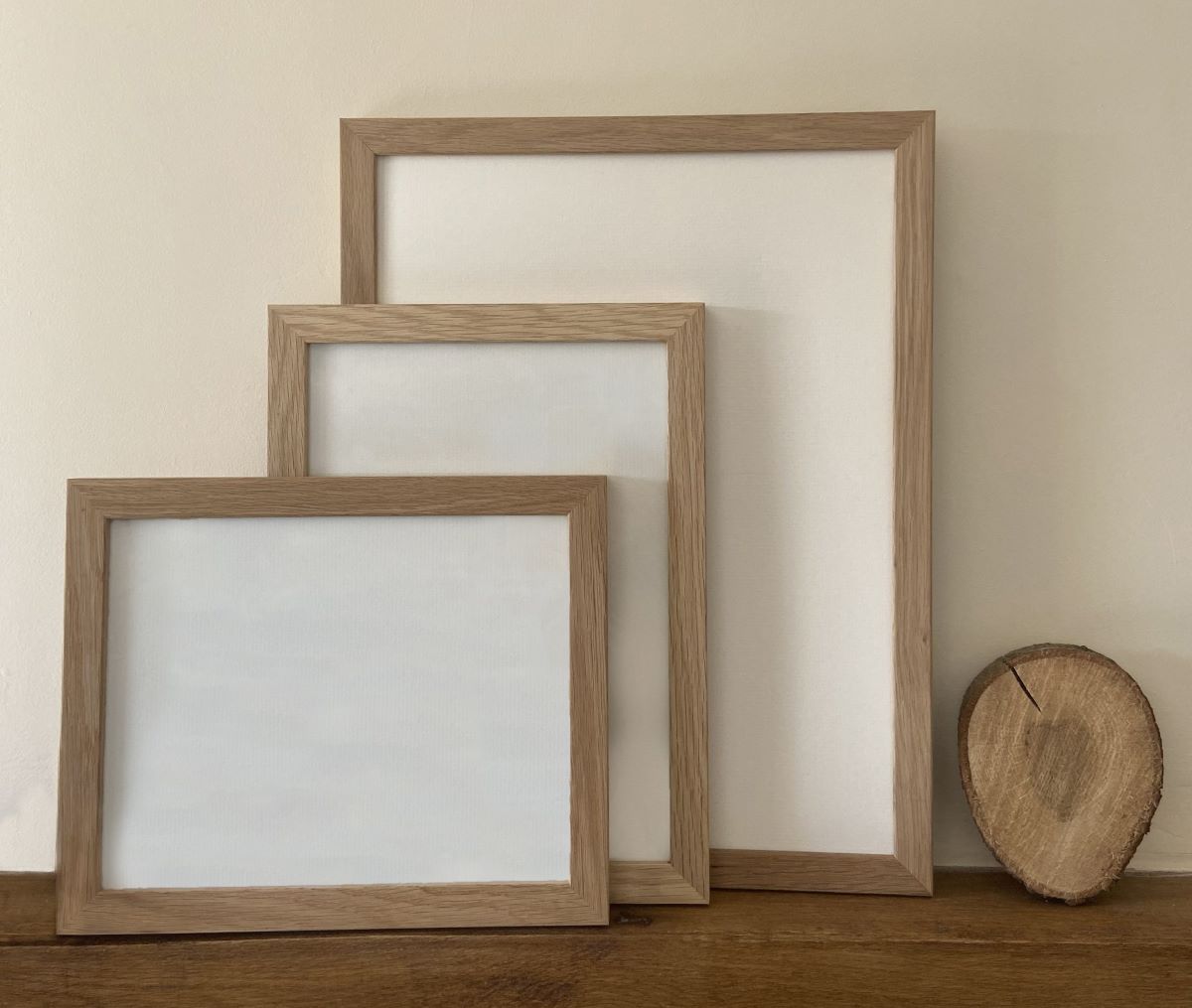


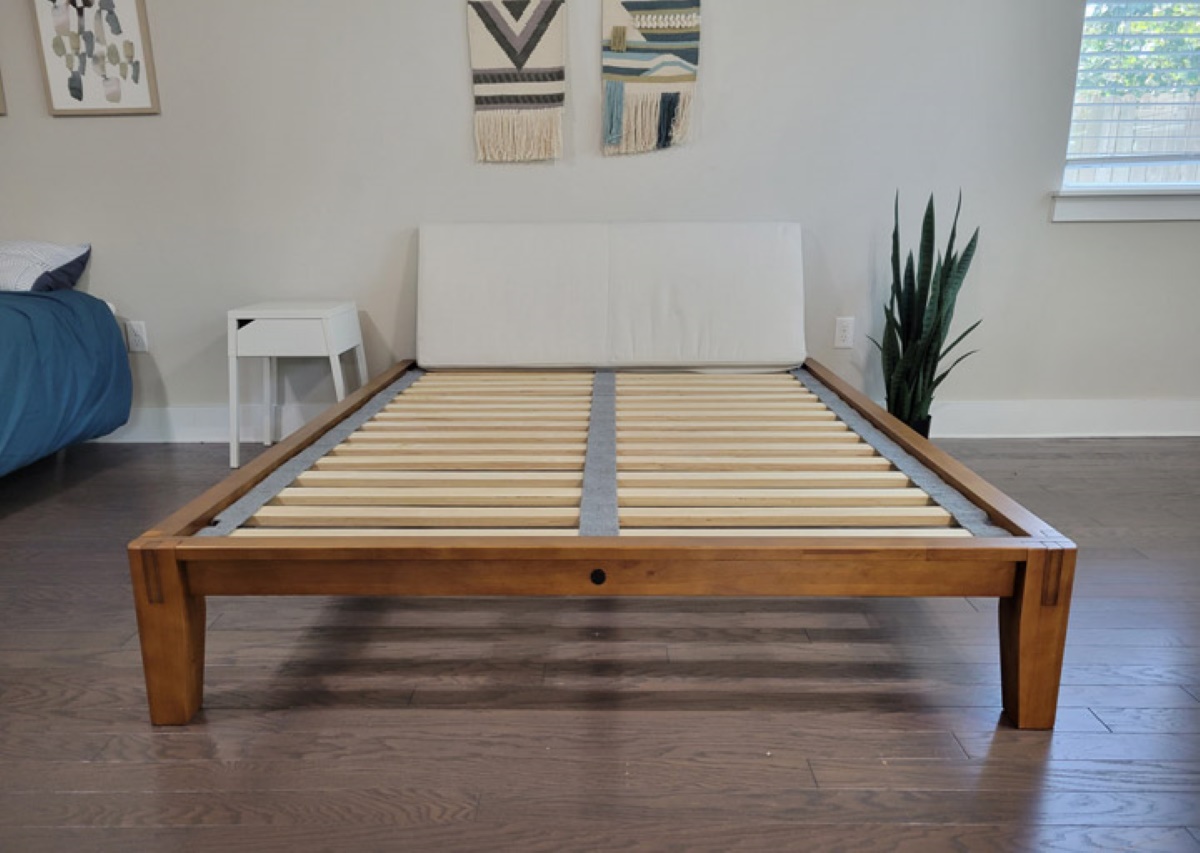

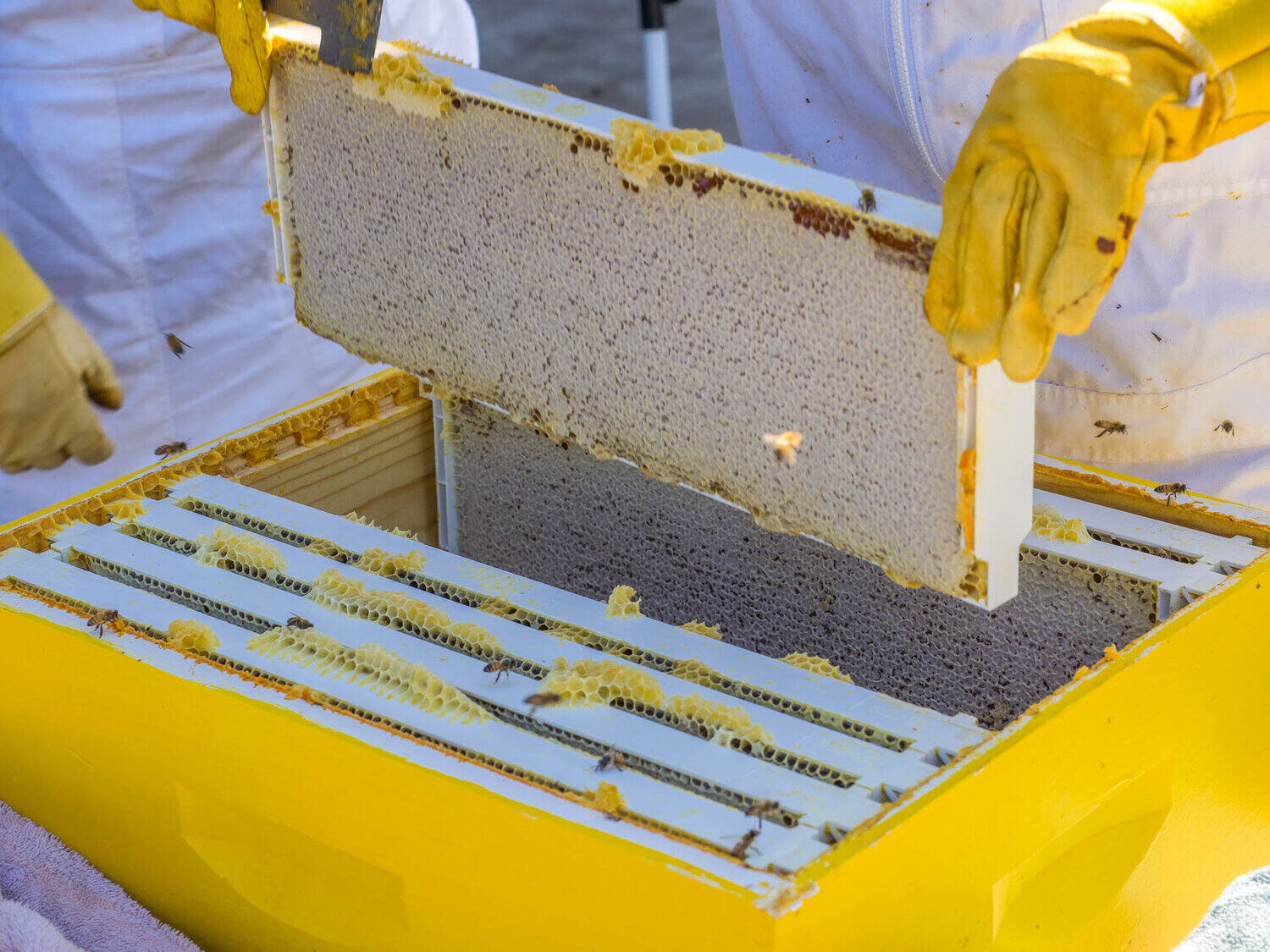
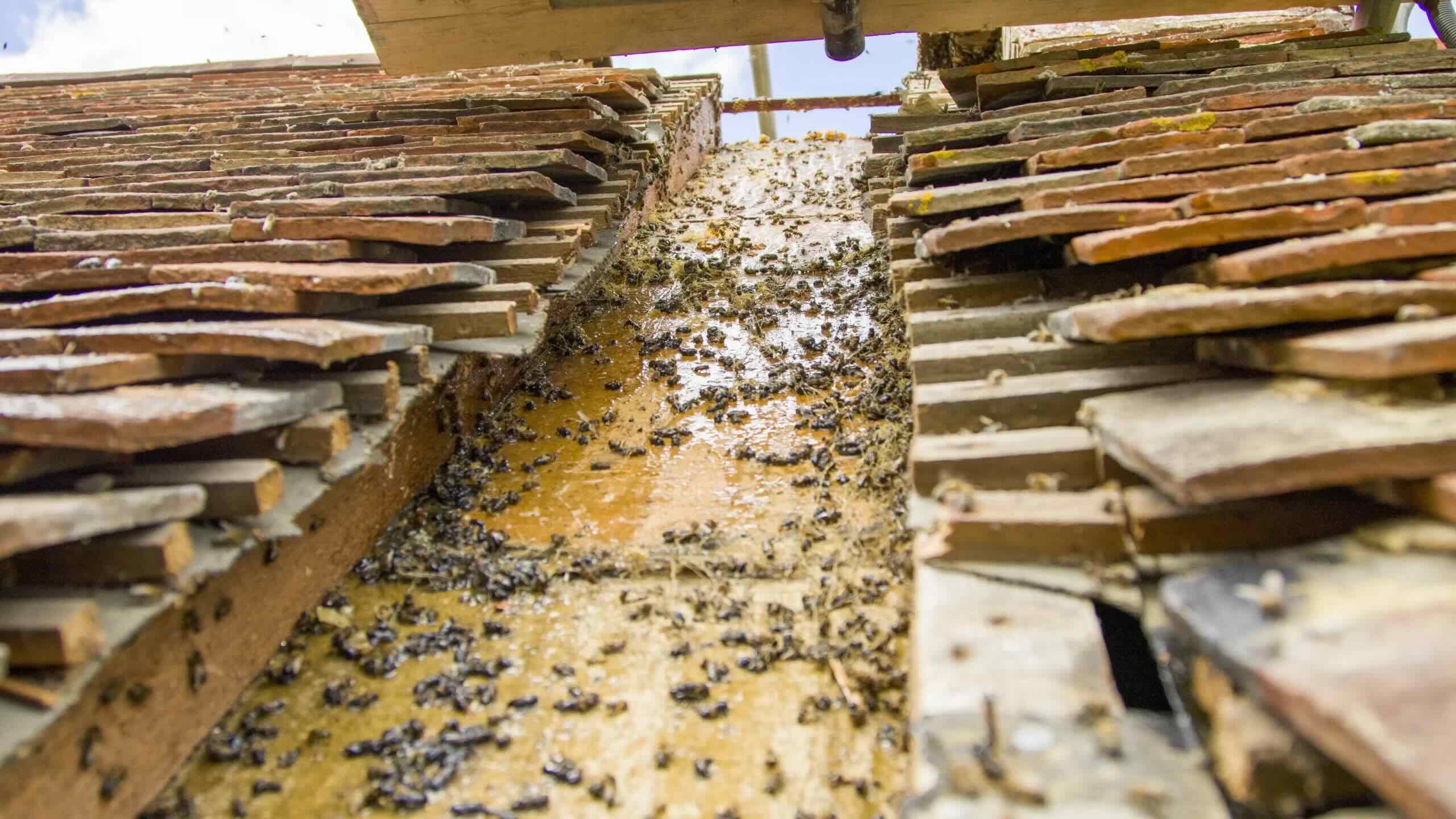
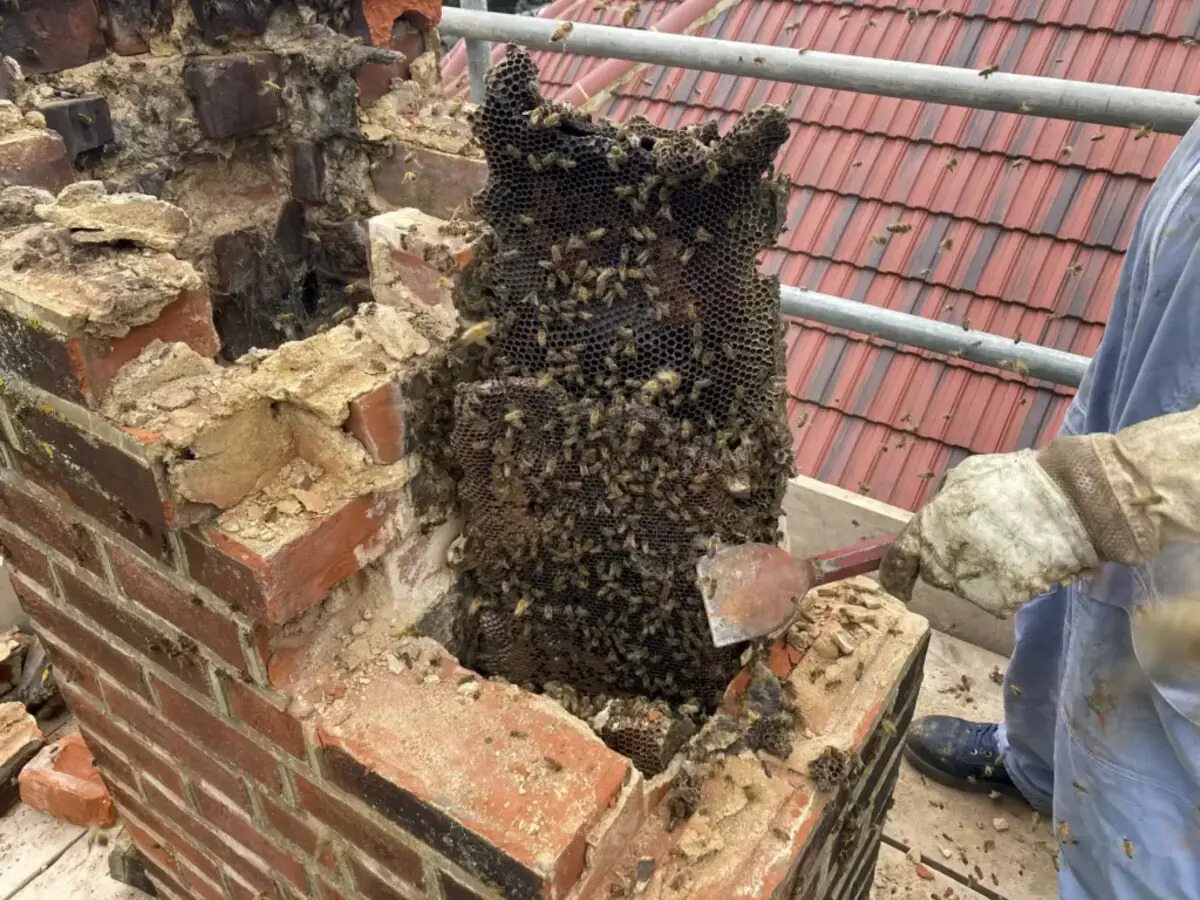

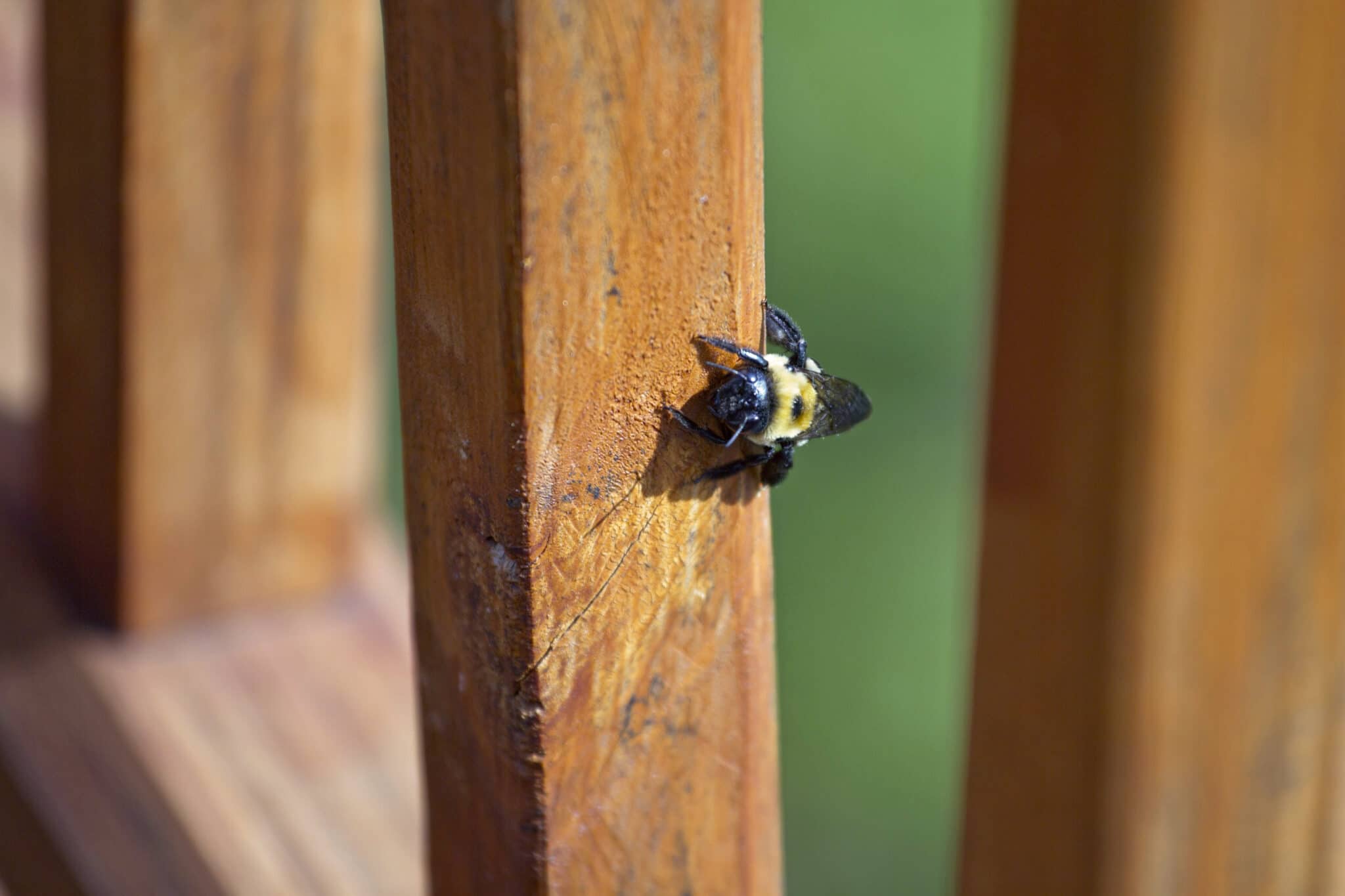
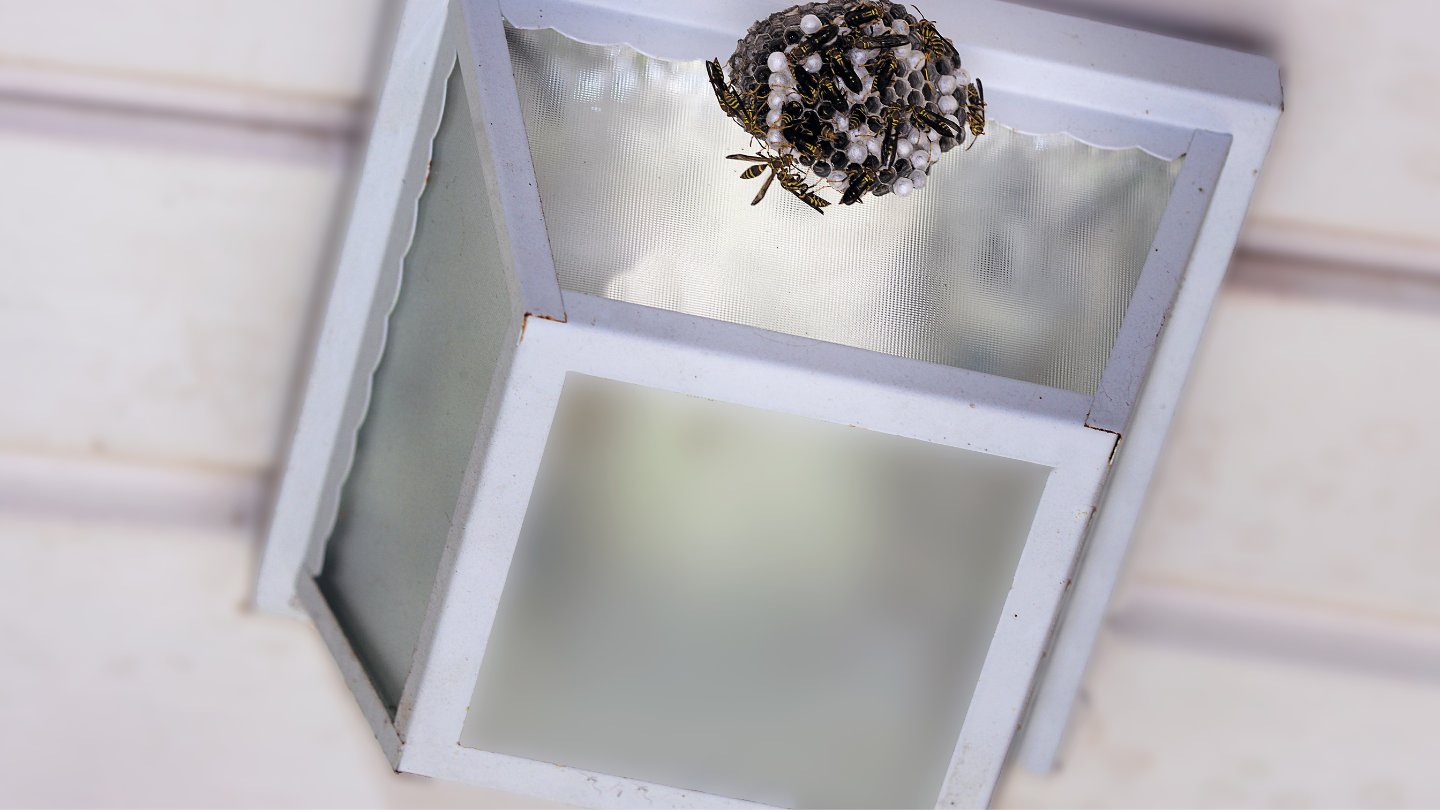
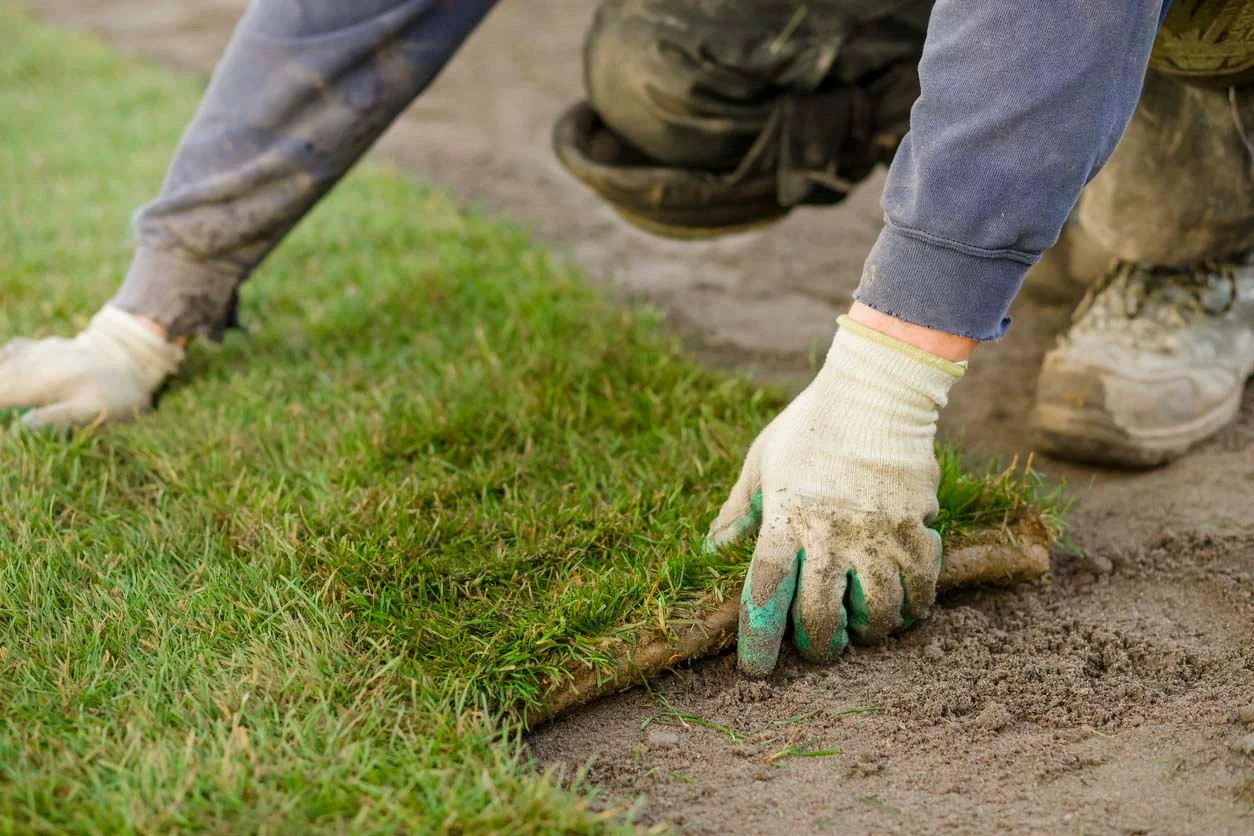
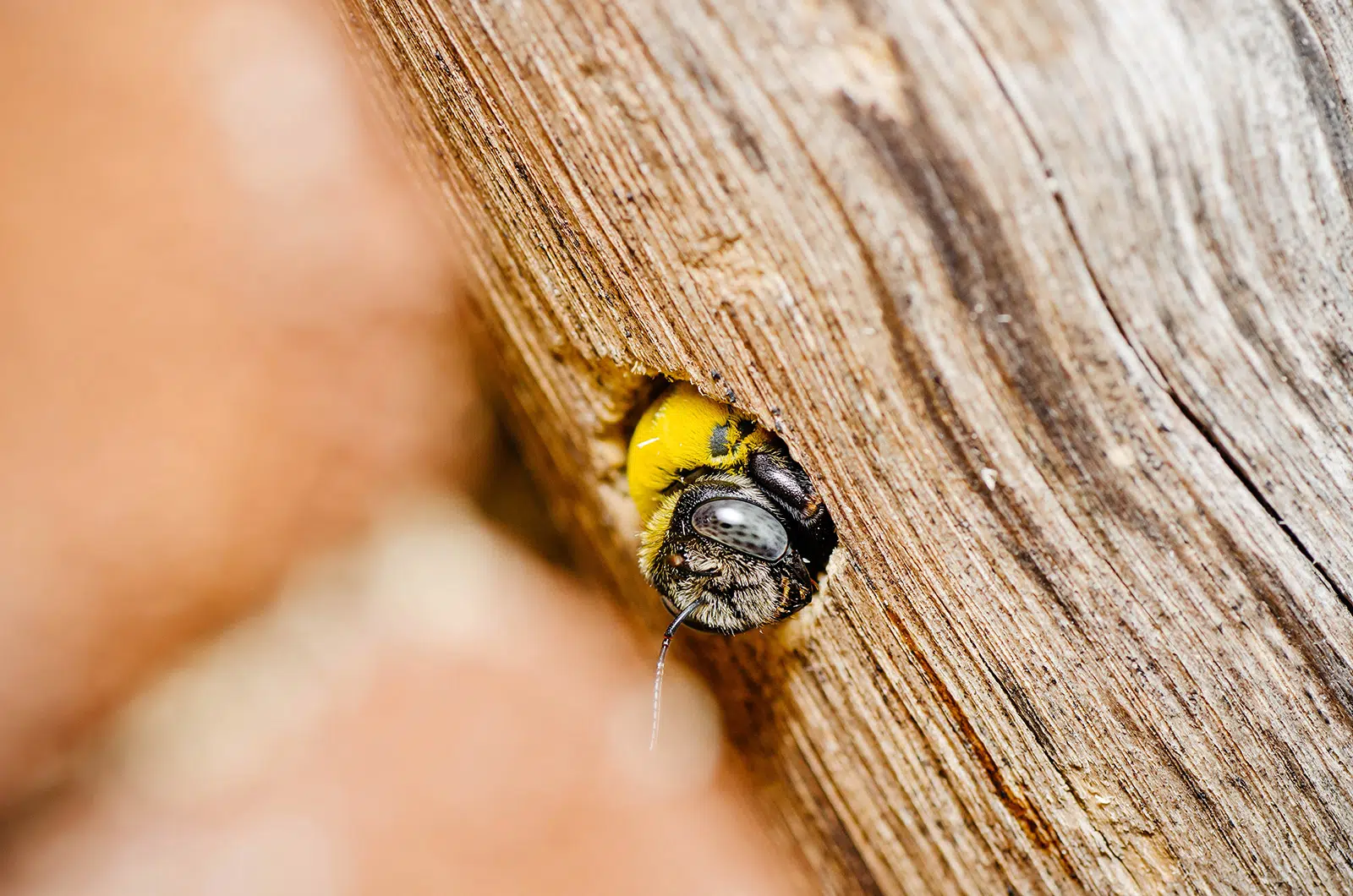
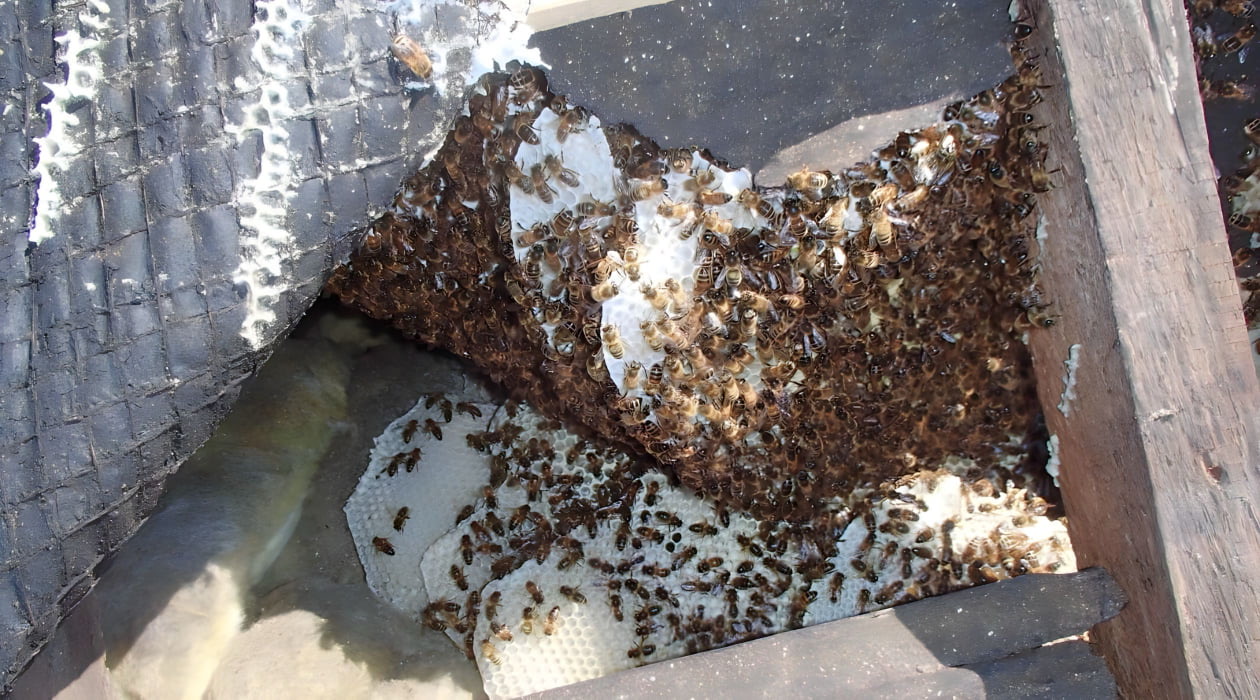

0 thoughts on “How To Store Bee Frames”